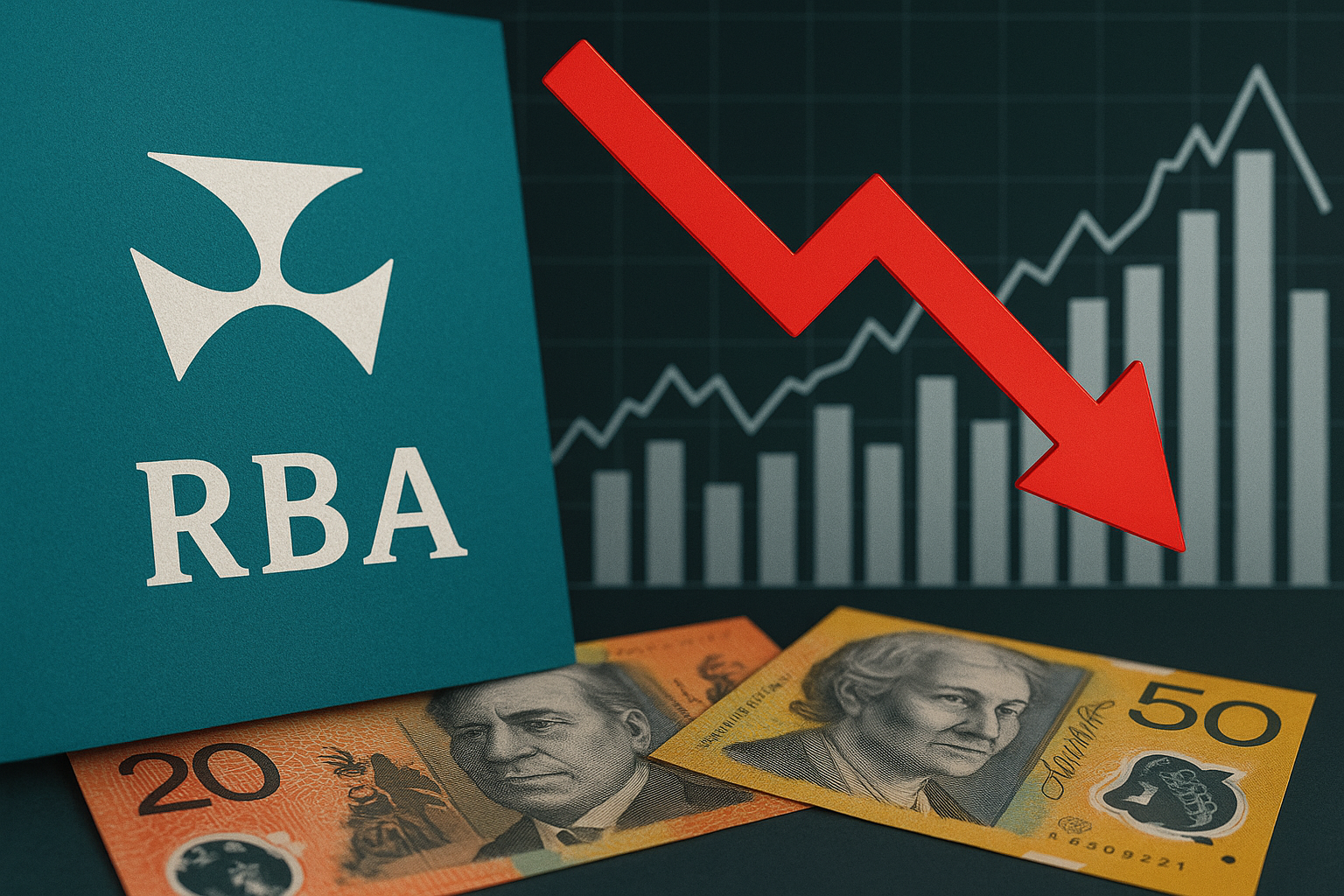
Key takeaways
Headline CPI for the June quarter dropped to 2.1% annually, down from 2.4%.
Trimmed mean inflation (the RBA’s preferred measure) is now 2.7%, also falling from 2.9%.
This marks the second consecutive quarter inflation has returned to the RBA’s 2–3% target range.
It's the lowest trimmed mean reading since December 2021, showing inflation is cooling meaningfully and sustainably.
With the trimmed mean inside the band, the RBA has the data it needs to justify a rate cut at its 12 August meeting.
Australia’s inflation is back in the RBA’s target band, and that’s not just good news for borrowers, it’s potentially the trigger the Reserve Bank needs to pull the lever on another cash rate cut in August.
According to Canstar, “Trimmed mean inflation is back into the RBA’s target band for the second quarter in a row, all but confirming Australia’s third cash rate cut on 12 August” .
So, is it time to breathe a little easier? Let’s break down what the latest data means, and what’s likely to come next.
Inflation is falling in the right places
The ABS June quarter CPI figures show headline inflation has eased to 2.1% annually, down from 2.4% last quarter.
More significantly, the trimmed mean inflation, the measure the RBA actually focuses on—has dropped to 2.7%, down from 2.9%.
Canstar notes this is “the lowest level since December 2021” and more importantly, that “key areas of concern for the RBA are tracking nicely.”
| ABS Quarterly CPI - annual movement | ||
| Quarter | Headline inflation | Trimmed mean |
| Dec-22 | 7.8% | 6.8% |
| Mar-23 | 7.0% | 6.5% |
| Jun-23 | 6.0% | 5.8% |
| Sep-23 | 5.4% | 5.1% |
| Dec-23 | 4.1% | 4.2% |
| Mar-24 | 3.6% | 4.0% |
| Jun-24 | 3.8% | 4.0% |
| Sep-24 | 2.8% | 3.6% |
| Dec-24 | 2.4% | 3.2% |
| Mar-25 | 2.4% | 2.9% |
| Jun-25 | 2.1% | 2.7% |
| Source: ABS Consumer Price Index, Australia, Quarterly CPI annual change (%). | ||
That includes a sharp drop in services inflation to 3.3% (from 3.7%) and rental inflation slowing from 5.5% to 4.5%.
Insurance costs, which had been climbing steeply, also moderated from 7.6% down to 3.9%.
New dwelling inflation, often a key concern for property watchers like us, has almost vanished.
Annual growth is now just 0.7%, down from 1.4% and well off the peak of 20.7% in 2022.
The RBA’s green light for an August cut
With the CPI data delivering exactly what the RBA was looking for, all eyes are now on the 12 August board meeting.
Canstar’s release puts it plainly:
“Today’s results deliver the key piece of data the RBA has been waiting for to consider a cash rate cut, with trimmed mean inflation… confidently tracking towards the midpoint of the target band”
The big four banks are all forecasting a 0.25% rate cut in August.
While they diverge on how many more cuts might follow, they all agree: a cut is now firmly on the cards.
-
CBA and ANZ forecast two cuts, ending at a 3.35% cash rate.
-
NAB sees three cuts, finishing at 3.10%.
-
Westpac expects the most aggressive easing, with four cuts down to 2.85%.
So, while the forecasts vary in length, the direction is the same—down.
What this means for borrowers (and investors)
If you’re an owner-occupier with a $600,000 loan, a 0.25% rate cut could reduce your monthly repayments by $90, assuming your lender passes the cut on in full.
On a $1 million loan, that’s around $150 in savings.
| Potential impact of an August RBA cash rate cut | ||
| New minimum monthly repayments | Difference | |
| $600,000 | $3,703 | -$90 |
| $750,000 | $4,628 | -$113 |
| $1,000,000 | $6,171 | -$150 |
While this may seem modest, it signals a shift.
And for property investors, the psychology of falling rates matters.
Lower borrowing costs boost confidence, and that alone can stoke fresh interest in the market, especially when rental yields remain high and property supply is tight.
The bigger picture for the property market
This inflation drop is more than a win for household budgets—it may mark a turning point in the economic cycle.
“Inflation is cooling in key categories that have been cause for concern for the central bank,” says Canstar’s data insights director Sally Tindall. “Services inflation is still too high… but it’s now at the lowest level since June 2022”.
She also points out the sharp decline in rental inflation is “a significant drop,” though she rightly notes affordability is still a challenge.
That’s exactly what I’ve been saying for some time now, slowing rental growth doesn’t mean rents are falling.
It just means they’re not rising as fast, which is cold comfort for many tenants.
Still, with inflation easing and unemployment nudging up slightly (to 4.3%), the RBA now has cover to support the economy without appearing premature.
And that means more breathing space for borrowers, and potentially more fuel for housing prices.
Final thoughts
If the RBA follows through with a rate cut in August, as looks very likely, this will be the third cut this year.
The narrative has shifted. From fighting inflation to carefully supporting growth, the RBA is changing gears.
The key for property investors is to stay ahead of the curve.
We know how sensitive the Australian housing market is to interest rate movements.
And when rates fall, activity picks up, especially with underlying fundamentals like population growth and tight supply still in play.
So, the message is simple: don’t get caught flat-footed. The next leg of the property cycle could already be underway.














